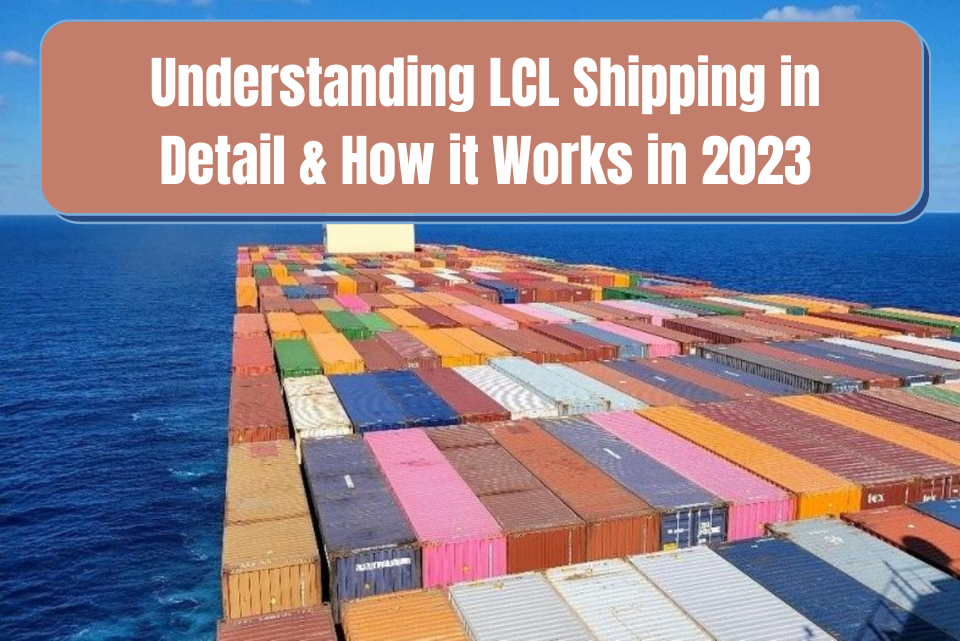The LCL Shipment: What Is It and What Does It Mean?
TEUs (twenty-foot equivalent units) and FEUs (forty-foot equivalent units) are the two sizes of conventional containers used in the shipping industry. You might be able to fill one of these container sizes when exporting your goods, but what happens if they only fit inside the forty-foot container completely? LCL, or less-than-container-load transportation, excels in this situation.
How does LCL work, and what is the process?
Less than Container Load, or LCL as it is commonly known, is short for groupage shipments. You will be the sole consignee using a 20- or 40-foot container after filling it.
Furthermore, other consignors will ship their products in the space if you can’t fill the container. The items are subsequently divided into their shipments once the container reaches the destination port. This is carried out at a container freight station (CFS), where staff members oversee the consignment’s consolidation.
LCL is the most cost-effective option that all reputable freight forwarders can offer if you cannot fill a container with your goods.
Gains from LCL Shipping
Naturally, using LCL is the most excellent choice for you if you routinely ship smaller quantities of goods, but using it, in general, will give you the following advantages:
- You can send out smaller shipments more regularly because the costs of the entire container are divided among several consignees.
- These shipments will be less expensive than air freight or FCL (Full Container Load) options.
- When demand is at its highest, LCL shipments may be simpler to locate than FCL options.
- LCL will give you more freedom to dispatch shipments whenever you need to rather than wait until a container is full.
LCL Shipping Drawbacks
- Due to the handling required, it takes longer to load and unload these commodities than it does for complete container load solutions, which might lengthen lead times.
- Being involved in the shipments of other consignees may cause customs delays, which could cause you to miss crucial deadlines.
- It is common knowledge that LCL container solutions cost more than FCL solutions.
Labeling and Packaging
You are strongly advised to spend money on enough packaging for any LCL shipping.
What sort of packaging should an LCL shipment have?
It is advisable to consider the type of boxing you use to package your items depending on their nature to ensure that it is appropriate for shipping. Additionally, it is advised that you correctly label your products and make sure that your contact information is obvious. This is a straightforward step in the process, but by following it, your goods will be less likely to be lost, damaged, or confused with the cargo of another consignee.
How to Palletize Your LCL Cargo?
Palletizing cargo before transporting it, especially LCL, is advised. This is due to the requirement that every load from distinct consignees be adequately packed and palletized to prevent damage to nearby cargo.
Additionally, employing pallets will raise your overall volume and, thus, your cost. Make sure all of your information and measurements are accurate because there is also a chance that additional expenses will be imposed if it is found that you have reported your volume lower than it is.
What can a freight forwarder do for you?
Your freight forwarder can assist with many aspects of the shipping procedure when shipping LCL. When the products arrive at the target port, a freight forwarder organizes the deconsolidation of your cargo. A freight forwarder can also arrange for your products’ storage and direct delivery to clients.



